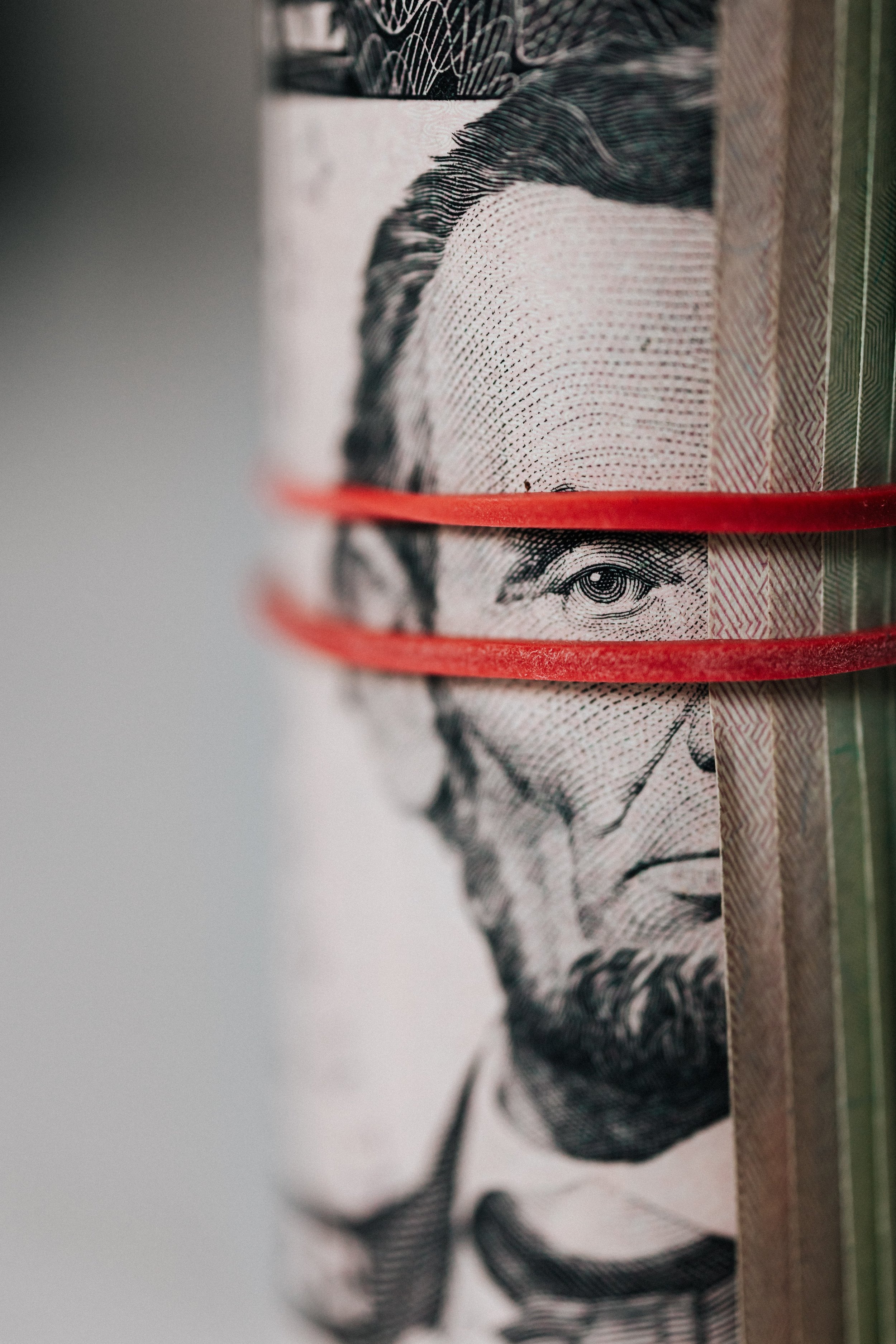Reflecting on the Transition to Electric Vehicles and Toyota's Perspective

“Whenever you find yourself on the side of the majority, it is time to pause and reflect.”
It's remarkable that the extraordinary changes required to transition from internal combustion engines to electric vehicles have not provoked a stronger and more reliable opposition. After all, the conversion requires significant government subsidies, an elaborate charging infrastructure, new mines for raw materials, enhanced refining of those materials, the construction of battery manufacturing plants, and adaptation of existing supply chains. It will displace workers, devastate entire industries, and exacerbate social and economic inequalities.
Where are the voices of dissent?
Akio Toyoda
Last December, Toyota’s president and CEO Akio Toyoda expressed doubts about the transition to electric vehicles (EVs) – being the first and only auto industry leader to do so. He claimed that there was a "silent majority" in the auto industry that questioned EVs as the primary alternative to internal combustion engines, but they did not speak out due to fear of criticism and exclusion. The silence inspired electrification advocates who took control of the transportation agenda.
Pushing back, Toyoda asserted that EVs "are not the only way to achieve the world's carbon neutrality goals." Instead, he favored hybrids and plug-in hybrids as preferable alternatives, citing their affordability and ability to alleviate range anxiety.
About a month later, Toyoda stepped down as president and CEO and handed over the reins to the automaker’s top branding officer, Koji Sato. By April, CEO Sato announced a new electrification strategy, including 10 new EVs by 2026.
The message was clear: electrification is the future. Sato represented that future, while Toyoda did not.
Toyota Memo
Before dismissing Akio Toyoda's perspective, let's examine a memo that Toyota sent to auto dealers explaining the challenges of full electrification.
Most public chargers take 4-10 hours to charge EVs up to 80%.
To meet federal zero-emissions sales targets, 2 million public chargers will be needed by 2030. This translates to 400 new chargers per day. The U.S. is far from reaching this goal.
Over 300 new lithium, cobalt, nickel, and graphite mines will be required to meet the anticipated battery demands by 2035. Developing these mines will take decades.
"The number of raw materials in one long-range battery electric vehicle could instead be used to make 6 plug-in hybrid electric vehicles or 90 hybrid electric vehicles."
"The overall carbon reduction achieved by those 90 hybrids over their lifetimes is 37 times greater than that of a single battery electric vehicle."
These facts are rarely discussed in the transportation media and do not align with progressive political goals, nor do they align with the ambitious zero-emissions policies of the Biden administration.
But does that mean we should ignore them? Was Toyoda wrong in advocating for an incrementalist approach to electrification?
Mark Twain was right. There are times when it is wise to pause and reflect. Surely, there are multiple paths to achieve a zero-emissions future.
Valentine's Day is a holiday filled with love, flowers, and lots of chocolate. Let's take a look at this graphic showing just how much goes into Cupid's Birthday every single year.
The blockchain isn’t just that weirdly-named coin that your uncle raved about at the Thanksgiving dinner table.
In a world where being eco-conscious is more important than ever, the transportation game is stepping up its green game.
What are the future trends in logistics? Let's chat about what's cooking in the world of transportation.
Let's face it, the world can be a pretty wild place. Every now and then, global events come along that significantly throw us off-balance - especially in the way everything gets made and shipped.
So, you're in the logistics game, and you know that keeping your customers happy is an absolute must. But how do you figure out if you're actually succeeding at customer service?
Navigating the logistics world can sometimes feel like a unique challenge... but trust me, you've got the skills and determination to make some waves in this industry.
In the hustle and bustle of the logistics world, we all know how vital it is to get things right - and hopefully, the first time. Whether it be getting that package to your doorstep on time or making sure goods reach stores and factories without a hitch. But here’s the real question: how do we keep the tech advancements and good ol’ human touch in perfect harmony in this ever-changing industry?
Whether you're new to the industry or want to step up your game, let’s map out your journey to becoming a first-rate logistics leader while on the move.
Navigating the Current: Inflated Fuel, Wage Woes, and Biden's Approval Slides in the Era of Love in Cyberspace, Fueling Relief, and Charging Ahead with Car Costs and Senior Surge, All Against the Backdrop of Inflated Timelines and Charged Distances.
In the world of logistics, where every second counts and every mile matters, technology is rewriting the rules of the game.
Transportation executives, industry observers, and local politicians nodded approvingly and wholeheartedly welcomed the federal largess. After all, the Bipartisan Infrastructure Bill was a once-in-a-generation investment in the country’s logistics infrastructure. The legislation was long overdue and could help reset the supply-chain mess that caused so much havoc during the pandemic.
Explore the dynamic landscape of today's economy with a visual journey through key trends and data points. From plummeting gasoline prices to intriguing shifts in job openings and consumer sentiment, our collection of graphs and visuals offers an engaging perspective on the economic forces at play.
Explore the latest updates on politics, economics, demographics, and more in our informative blog post. Discover insights into crucial topics such as election dynamics, financial trends, population changes, and public opinion. Stay informed with our in-depth analysis of the issues shaping our world today.
Let’s dive deep into various aspects of the current economic landscape, supported by informative graphs and visuals. From auto owners' struggles with loan payments to the dramatic shifts in global container freight rates, we provide a visual overview of key trends affecting our economy.
Explore Key Trends: Job Declines, Imports Surge, Housing Challenges, Sports Trends, and More in Our Latest Post. Stay Informed!
In the run-up to party nominations, the media delves into horserace analyses, fixated on determining who's leading and who's lagging in the campaign landscape. Trump basks in a substantial lead among Republican contenders, while Biden stands uncontested among Democrats.
Explore the South Coast Air Quality Management District's (AQMD) groundbreaking Indirect Source Rule (ISR) mandate, targeting air quality concerns in Southern California's warehouses. Discover the multifaceted impact on the supply chain industry, as we delve into the advantages and drawbacks of the AQMD ISR mandate.
In our latest blog post, we've compiled a series of informative graphs and visuals that shed light on some crucial economic and societal trends. Let's take a glimpse at some of the key highlights.
In recent years, the push for sustainability and carbon footprint reduction in the transportation industry has intensified. A noteworthy development in this pursuit is the shift from conventional diesel-powered Class 8 trucks to electric power. Advocates of this transition tout its potential for a cleaner environment, reduced operating costs, and heightened energy efficiency. Yet, it is imperative to scrutinize the associated challenges and potential pitfalls.
We're diving deep into a dynamic landscape of economic trends and public sentiments: EV Adoption, Driver Behavior, National Debt, & more.
As inflation continues to make headlines, the impact on public perception and policy remains a critical concern. In this analysis, we delve into the intricacies of inflation reporting, exploring how the Consumer Price Index (CPI) serves as a key metric.
This post delves into various important topics, from nearshoring in supply chains to the 2024 election and economic indicators. Discover the latest insights and trends shaping our world.
Check some of the latest graphics around the web: A series of charts, diagrams, and visual representations showcasing billionaire rankings, transportation employment statistics, mineral demand for EVs, and credit card debt trends.
Let’s delve into the latest U.S. trends: Inflation, Emissions, Consumer Habits, and Hollywood’s Comeback.
In the world of ESG investing, the focus has long been on divesting from brown firms and embracing green ones. However, this conventional approach may not be the most effective way to combat climate change and promote sustainability.
From an in-depth analysis of falling Asian exports to the notable rise in cargo volumes at the Port of Los Angeles to the growing demand for used Teslas. Gain valuable insights into these market shifts and their implications in these comprehensive graphs.
Discover the rising representation of women in the supply chain workforce, top private employers in each state, wealth migration patterns, public confidence levels, energy preferences, air travel recovery, economic growth comparisons, and the latest updates on the job market.
From the impact of the pandemic to the (nearly amusing) rivalry between tech giants… let’s explore the latest trends and developments shaping our world.






























Manifest 2024 served as a reminder of the immense potential that lies ahead in the realm of supply chain technology.